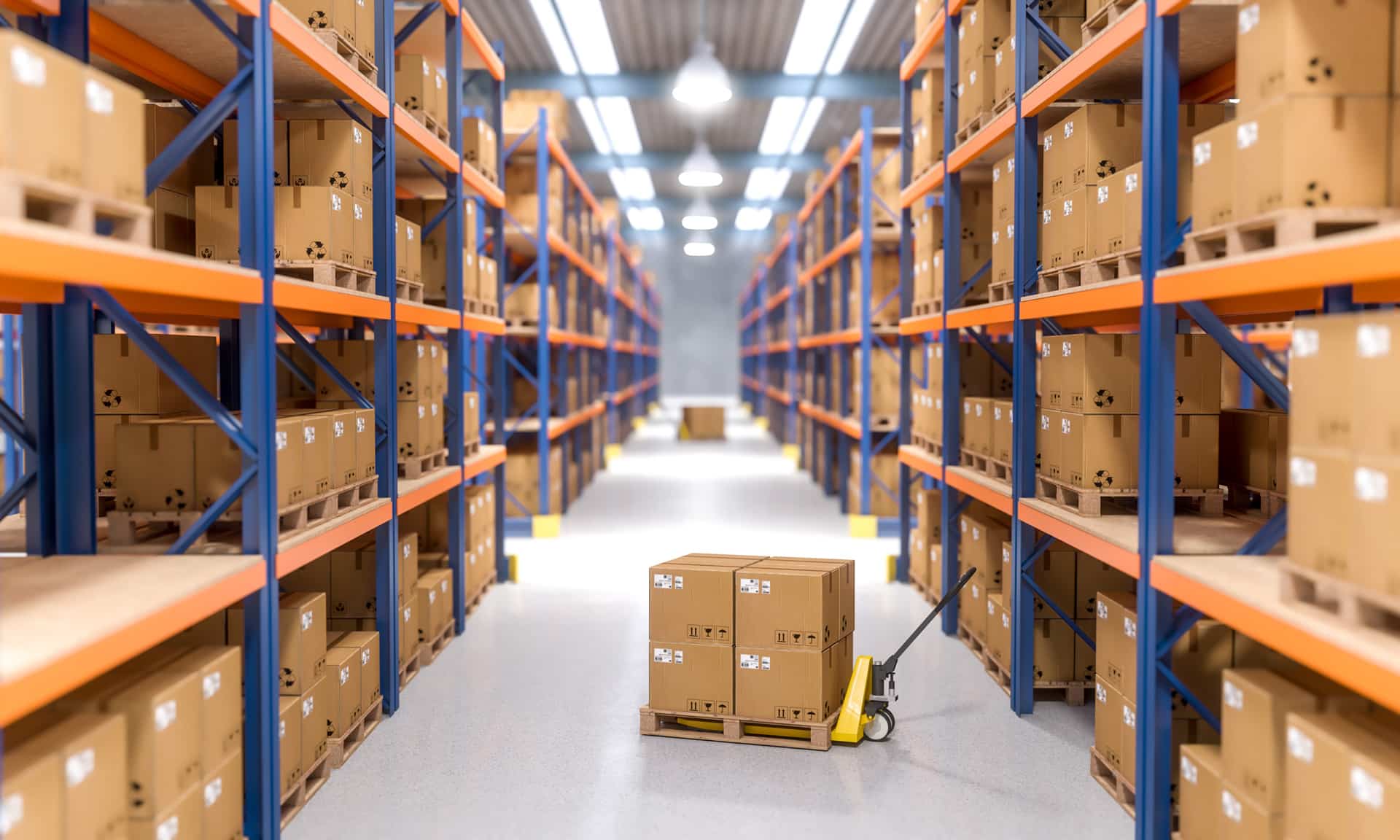When sustaining a booming business, organization is key. When you have a warehouse, it should be the focal point of your business.
If you’re operating from a disorganized warehouse, you need some help streamlining your whole inventory process. You can start with small changes to see the impact they have on your business.
Consider the ideas presented here when working on your organization process. Read each suggestion and see if there’s room for these improvements in your warehouse.
Space Layout
It can mean anything, from optimizing warehouse design to implementing small changes meant to help you and your staff complete daily tasks efficiently.
Organize your floor plan
You can start by organizing your floor space for optimal flow. It’s great to do it when you’re designing your warehouse because you’re getting it right from the start of your journey. You already have a warehouse where you’re not happy with the airflow. Make simple changes as you go and turn them into a long-term goal.
Consider your layout and focus on making your space safe and efficient. The flow should consider the order of operations in your warehouse. You usually receive inventory, and it goes to storage. Then new orders are picked, packaged, and sent to shipping. Brainstorm with your employees who work in the space on a daily. Keeping them happy and safe is beneficial for your business, success, and their productivity.
Keep signage and labels in check
You can implement this step immediately, as you see fit. Label all your work zones and inventory to make things easier to find. You’ll also make sure your facility flow doesn’t suffer from any discrepancies. This also means maintaining your warehouse clean long-term becomes a reality. After you set up your layout, the labels you put on things help employees find things and spaces easier. It’s especially useful when you use temp employees often.
For safety, you can add signage to hazardous areas or restricted ceilings making sure your employees working in the space are safe. Replace them as needed, especially when you change the use of space.
Make things easier with maps
When you have a larger warehouse, maps can be very useful. Labels and signage make finding things much easier, but maps can be a godsend for new or temp employees and seasonal hires. You’re making it easier for your employees to get to where they need to go, which means they’ll get the job done quicker.
Frequently review storage capacity
After you’ve cleaned and organized everything, it’s a good time to review your storage capacity. That means confirming just how much space you have or how much inventory your warehouse can hold at a maximum load. You can easily calculate that in cubic feet, by multiplying the height by width and depth.
Keep in mind that you can maximize your storage space by noticing how spaced out your shelves are or how high they are. Remember that any unused space that can be used for storage means you’re paying to store air.
Inventory
Managing your inventory means accounting for anything that’s physically located in your storage space. If you’re not using a system to track your assets, it may be more difficult for your teams to do their work. Inventory categories and improving your storage methods can maximize your storage space and increase capacity.
Classify your inventory with labels
Organize your inventory with simple and clear classification systems. Make an inventory with everything you currently have in your warehouse, including measuring. Take note of when and how often inventory comes and leaves the storage space.
With this information in mind, organize your inventory in categories representing how fast (or slow) inventory moves through your warehouse. Once you’ve charted all of this, cross reference your data to figure out how much it costs to move and pick inventory. It will be easier to figure out improvements in inventory flow, by focusing on inventory being picked more often.
Catalog inventory with labels, dividers, and bins
You can always resort to storage devices to keep things in order, be it nuts and bolts or large parcels. There’s always a tote, divider, bin, or box that you can use to keep your things in order. After sorting inventory out, add a label to make finding that exact thing easier.
Emphasize your inventory control system to your employees to keep things in order long term. It will be easier for location managers and workers to find stock on hand and check the movement history of items if the need arises.
Use technology to automate processes
Take advantage of existing technology to simplify warehouse processes. Take, for example, barcoding software. Implement barcoding solutions to reduce the time necessary between production and shipping and simplify order completion.
To make sure your stock is easy to find and move, consider barcoding all your stock. It’s a reliable measure to implement when you’re working with large amounts of supplies, and it’s faster than manual data entry. It makes it easier to find your inventory from the moment it comes through the doors of your warehouse until it leaves for shipping.
Try a warehouse management system
A warehouse management system (WMS) classifies inventory, determines the proper storage methods, and tracks supply, among others. You get the insight you need to improve and expand your business and you optimize the functionality of your entire deposit space in one move.
Evaluate the picking process
Evaluate your needs, options, and perspectives and choose the one most accessible and effective for your business. To streamline your picking process, consider using software that gives you a hand with order sequencing, for example. Orders will be grouped by pick areas, to shorten the time spent doing it. You can choose between zone picking, batch picking, multi-order, or single order picking.
Batch and multi-order picking are usually implemented in warehouses, and they can work hand in hand with conveyor systems. This strategy reduces travel time for employees, resulting in a more efficient picking process.
Clear room for receiving inventory
When your employees don’t have enough space to work, your inventory receiving process can turn into a hassle. Dedicate a space to receiving to avoid errors.
Implement a straightforward receiving procedure, followed by documentation. Make your inventory process simple and clear. Mention where inventory should be received, who is responsible for logging it, and how or where it’s placed within your warehouse storage ecosystem.
Workspace
After all the hard work you’ve put into organizing your warehouse, it would be a shame to let it all go to waste. Clean workspaces increase productivity and can prevent damage to your inventory.
Clean regularly
This is an essential step to keeping your warehouse spick and span. You can make a checklist your employees can work through at the end of their shift or hire a professional service cleaning crew. Regularly sweeping and cleaning surfaces keeps dust and dirt away from your inventory.
Focus on keeping aisles clean and clear from any objects, so forklifts, other vehicles, and employees can move freely. Reducing clutter is also helpful for optimizing space!
Facilitate maintaining an organized space
After you’ve worked hard on your new and improved warehouse, it’s easier to train your employees to maintain order and cleanliness. Create a checklist and set expectations for your employees.
Periodically check if the new layout is clean and sustainable. Accept any feedback your employees may have because they’re the ones that spend their time in your warehouse daily.
All the previous steps (labeling, cataloging, etc.) help support and keep an organized space.
Do regular maintenance
When you’re working with equipment, make sure to do regular maintenance, taking into consideration the manufacturer maintenance recommended schedule. Good working equipment makes your warehouse work, reducing any unwanted downtime. When everything works properly, your personnel remain productive.
Conclusions
It’s a lot to take in but you can start small, with what you can change immediately to make a positive impact. It’s important to remember that after you organize your space you have to regularly review and improve your procedures. After all, the way you organize your warehouse has an impact on your business.



















Leave a Reply